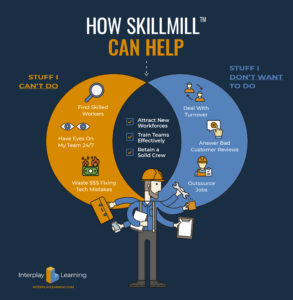The skills gap is widening each year, and technician shortages on service teams already pose a significant obstacle to growth. Traditional hands-on training programs are no longer efficient due to time, labor, and economic constraints. Meanwhile, the number of skilled trades recruits is lagging, partly due to misconceptions about the work and potential for advancement.
If you could only have one tool in your toolbox to help fix these issues, VR should no doubt be it.
Key Takeaways
- One of the most impactful trends in skilled trades has been the recent shift to virtual reality (VR) training you can learn more about it in our ebook, Virtual Reality Training for Skilled Trade Workers
- VR training offers a cost-efficient, comprehensive solution to labor shortages and sluggish recruitment
- Companies using VR training to attract, recruit, train, and retain staff believe it is the key component needed to shore up the workforce shortage in the next decade
Check out this infographic to learn 6 reasons why VR will help solve the skills gap in the trades.









